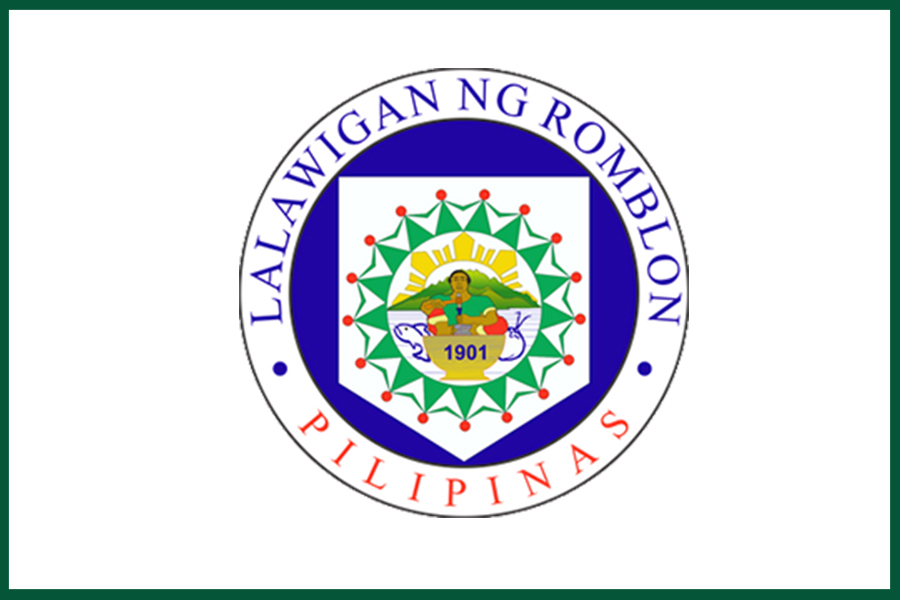The Ritual of Painting Trees Red Before a Typhoon
In the remote coastal towns of Romblon, Philippines, a striking sight appears before a typhoon hits — trees painted red. For generations, locals have believed this act shields their homes and crops from destruction. The practice may look simple, but to the people of Romblon, it holds deep cultural and spiritual meaning.
Roots of the Ancient Ritual
The tradition of painting trees red before a typhoon dates back to ancestral times when Romblon’s early settlers relied on signs, omens, and rituals to protect themselves from the wrath of nature. Red, being a color of strength and energy, is believed to ward off evil spirits and deflect danger brought by violent winds and torrential rain.
Old fishermen and farmers claim that painting trees red calms the spirits of the land and sea — unseen forces that, when angered, could bring devastating storms. The ritual symbolizes both protection and gratitude, as locals thank nature for its blessings while asking it to spare their homes from harm.
Cultural Significance in Romblon
While modern science explains typhoons through meteorology, traditions like this remain part of Romblon’s cultural identity. Every brushstroke on a tree trunk represents a connection to the past — a way for families to keep their ancestors’ wisdom alive.
Some residents use natural red dyes made from clay or plant extracts, while others use modern red paint, believing the color’s power lies not in the material but in the intention behind it.
The ritual often takes place just hours before an approaching storm, when families work together in silence, painting coconut trees, banana trunks, and boundary posts near their homes. It’s not just an act of superstition — it’s a symbol of unity, faith, and resilience.
The Science and Symbolism Behind the Color Red
In many cultures, red represents life, energy, and protection. Psychologically, it stands out strongly in the natural landscape, making it an ideal warning color. While not scientifically proven to influence weather, the act of painting trees red can psychologically strengthen communities — giving people a sense of control in the face of nature’s unpredictability.
This mix of science, psychology, and belief shows how Romblon’s traditions adapt over time, blending the spiritual with the practical.
Island Life and Cultural Preservation
Today, as younger generations learn about these practices, many take pride in preserving them. For Romblon locals, traditions like these remind everyone that nature commands respect — and preparation goes beyond material things.
Island visitors often find themselves intrigued by these colorful customs. The vivid red-painted trees contrast beautifully with Romblon’s green hills and blue shores, serving as a living reminder of the island’s resilient spirit.
See Bonbon Beach island-hopping details here – https://romblonparadise.com/bonbon-beach/
Rituals That Strengthen Community Bonds
More than protection, this ritual reinforces community solidarity. Neighbors help one another paint trees, share supplies, and look after one another as storms approach. The red markings become silent messages of hope and unity — proof that faith and cooperation can stand firm even against nature’s fiercest tests.
Through this ritual, locals reaffirm a belief passed down through generations: respect the land, honor the sea, and trust that every act of faith carries meaning.
Final Thoughts
The ritual of painting trees red before a typhoon is one of Romblon’s most captivating traditions — a blend of superstition, symbolism, and communal strength. Whether seen as spiritual protection or cultural heritage, it reflects the islanders’ enduring relationship with nature.
When the skies darken and winds begin to rise, those red-painted trees stand as bold symbols of courage — reminders that faith and tradition remain deeply rooted in Romblon’s heart.


